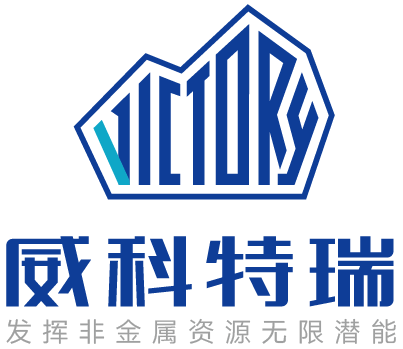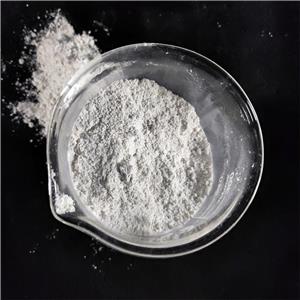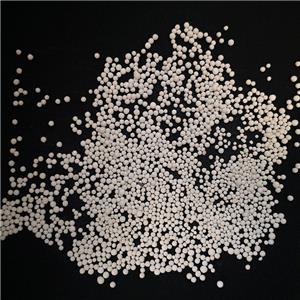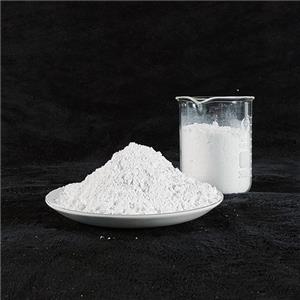Preparation of magnesium hydroxide flame retardant
1,physical crushing method
Physical pulverization method is a method that uses mechanical or ultrasonic methods to crush and ultrafine crush natural minerals (mostly brucite) to obtain magnesium hydroxide within the required particle size range. Although the preparation of magnesium hydroxide by physical crushing method is simple and low-cost, the prepared magnesium hydroxide has low purity and uneven particle size distribution, and it is usually necessary to use special grinding methods or add grinding agents (or dispersants) in the grinding process to obtain high-quality magnesium hydroxide. Therefore, its application and development in industry are greatly limited.
2,chemical solid phase method
The preparation of magnesium hydroxide by solid phase method is the process of mixing solid metal salt and metal hydroxide according to a certain proportion, grinding and calcination, the solid phase reaction occurs to obtain magnesium hydroxide products. This method has the characteristics of simple process and low cost, but it also has some defects such as low product purity, easy agglomeration and poor dispersion performance, so it is rarely used in actual large-scale industrial production.
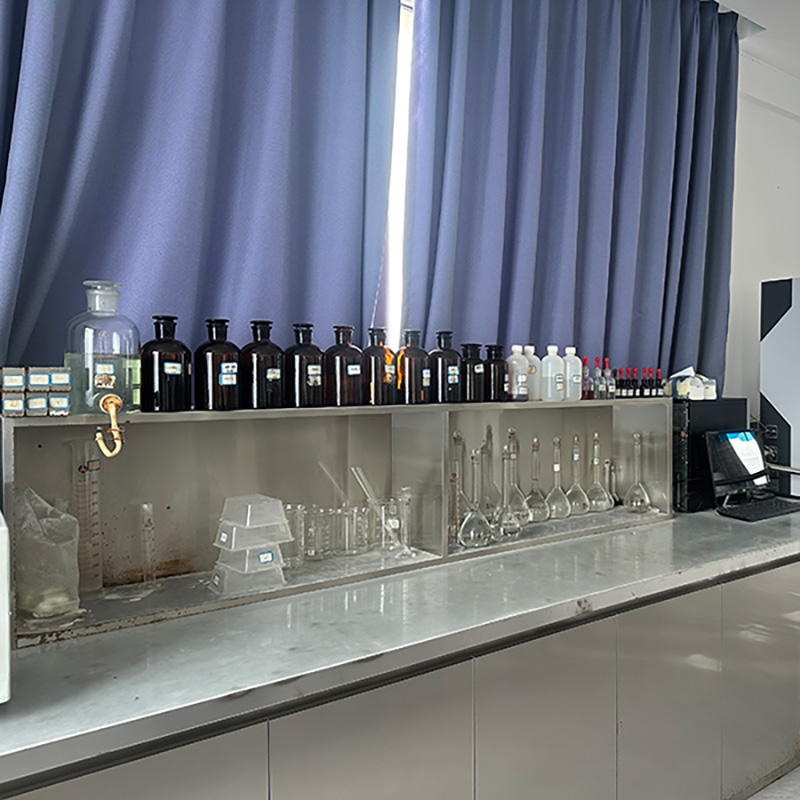
3,chemical vapor method
The preparation of magnesium hydroxide by vapor phase method is made by passing ammonia directly into the solution containing Mg2+ as precipitating agent. The quality of magnesium hydroxide prepared by gas phase process is affected by ammonia flow rate, stirring intensity and reaction temperature. The magnesium hydroxide flame retardant prepared by gas phase method has the advantages of high purity, uniform particle size and good dispersion performance due to the stable ammonia concentration. At the same time, no water is introduced in the process of passing ammonia, and the obtained magnesium hydroxide slurry has a high concentration, a small footprint in the production process, and a high yield per unit of equipment, but the requirements for equipment and technology are higher, and it is easy to produce ammonia diffusion pollution to the environment.
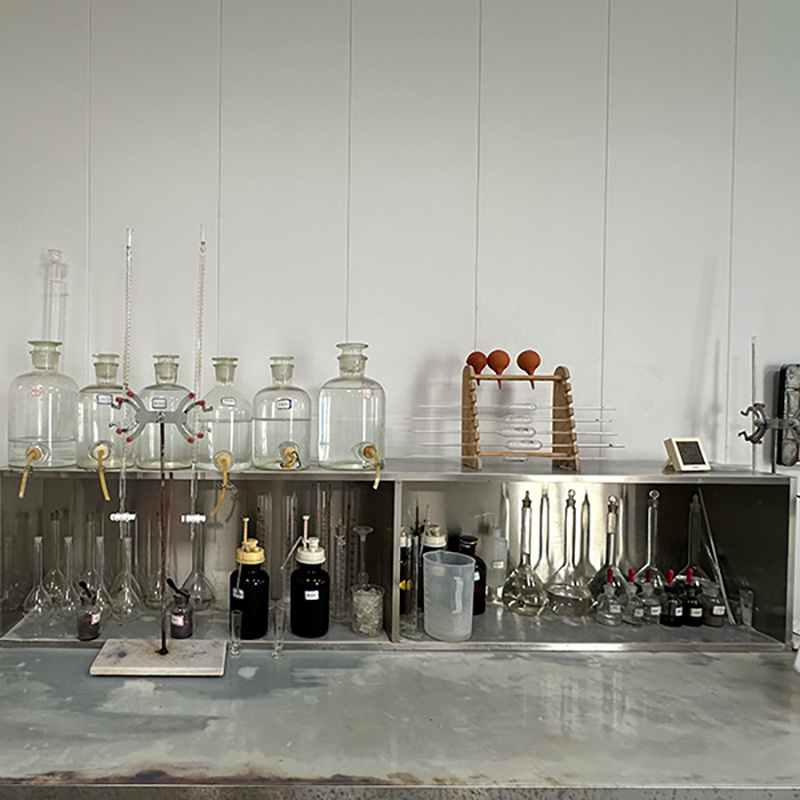
4,chemical liquid phase method
The preparation of magnesium hydroxide by liquid phase method is based on the reaction of magnesium salt with hydroxyl ion (OH-) containing alkaline substances to produce magnesium hydroxide precipitation, and then the product is obtained by washing and drying. Liquid phase method can be divided into direct precipitation method, solvothermal and hydrothermal method, precipitation-azeotrope distillation method, ultrasonic chemical method and microwave assisted method.
(1) Direct precipitation method
Direct precipitation method, also known as alkali method, is the direct reaction of magnesium solution with alkaline precipitating agent or precipitating agent precursor to magnesium hydroxide method, according to the different types of precipitating agent can be divided into lime method, ammonia method, sodium hydroxide method and calcium hydroxide method. Direct precipitation method is simple and easy, has low requirements for equipment and technology and is not easy to produce impurities, but its reaction conditions affect the performance of the final product, and the concentration of raw materials for magnesium hydroxide preparation, reaction process, reaction time, temperature, stirring rate and so on are the focus of current research.
(2) solvothermal and hydrothermal methods
Solvothermal and hydrothermal methods are easy to control the size and dispersion of magnesium hydroxide by chemical synthesis. In this method, the properties of magnesium hydroxide are changed under high temperature and high pressure, and the magnesium salt in the raw material reacts and crystallizes fully with the alkaline substance to form magnesium hydroxide with more uniform particles and higher dispersion. At present, the research of solvothermal and hydrothermal methods mainly focuses on improving the performance of magnesium hydroxide products, such as adding different types of organic solvents or additives, reasonably adjusting the chemical reaction time and reaction temperature.
(3) precipitation-azeotropic distillation method
Precipitation-azeotrope distillation can improve the agglomeration in the conventional preparation of magnesium hydroxide. The principle is that the general sediment particles are full of water molecules, direct drying is easy to cause the particles to produce hard agglomeration under the action of capillary pressure, azeotropic distillation method through the use of alcohol and other organic matter and water at a certain temperature to form azeotrope, so as to remove the water in magnesium hydroxide colloid, and then improve its dispersion, obtain good dispersion products.
(4) Ultrasonic chemistry and microwave assisted method
Both ultrasonic chemical method and microwave assisted method belong to the new magnesium hydroxide flame retardant preparation process, among which ultrasonic chemical method is a chemical reaction triggered under the limit conditions, mainly relying on ultrasound to trigger the formation and collapse of microbubbles, so that it can produce an active site under high temperature and pressure, thus enhancing the chemical reaction speed
